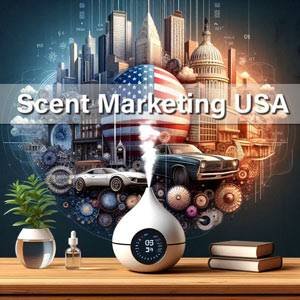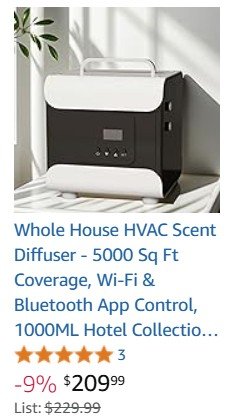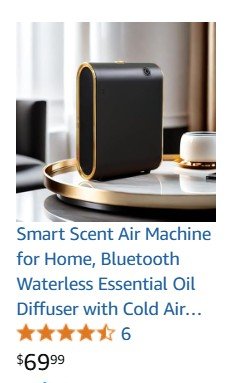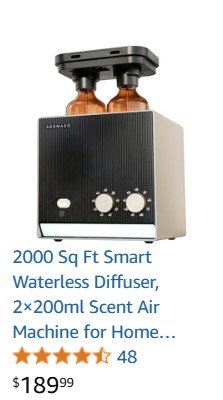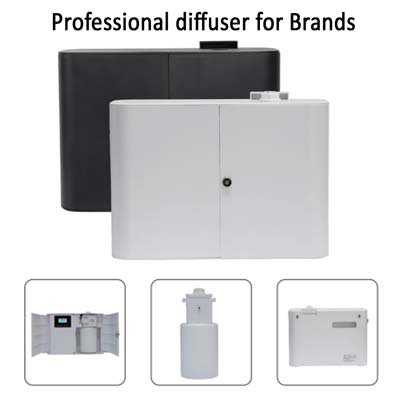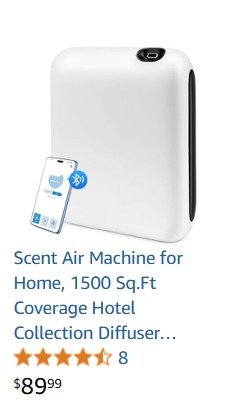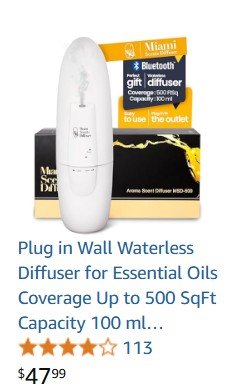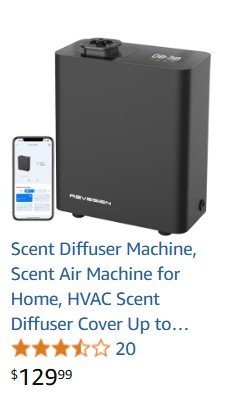What is Scent Marketing?
Olfactory marketing, also known as scent marketing or aroma branding, is a powerful tool that leverages the sense of smell to create a unique and memorable brand experience in Miami and all USA. By integrating specific scents into the marketing strategy, brands can evoke emotions, enhance customer experiences, and influence purchasing behavior.
Olfactory Marketing in Miami: The Future of Sensory Branding
Benefits of Olfactory Marketing
- Increased Brand Recall: Scent has a strong connection to memory, helping customers remember your brand longer.
- Enhanced Customer Experience: A pleasant scent can improve the overall atmosphere of your store or space, making it more enjoyable for customers.
- Influence on Purchasing Decisions: Certain scents can encourage customers to spend more time in your store and make impulsive purchases.
Olfactory Marketing Strategies
Creating a Signature Scent
Developing a unique scent that embodies your brand's identity is essential. This scent should be consistent across all customer touchpoints, from physical stores to promotional materials.
Using Scent in Retail Environments
Scent marketing is highly effective in retail environments. By using pleasant scents, retailers can create a more inviting atmosphere, encouraging customers to stay longer and make more purchases.
Scent Marketing for Hospitality Industry
Hotels and resorts use scent to create a relaxing and luxurious environment, enhancing the guest experience and building a strong emotional connection with their brand.
Get a Customized Scent SolutionComparative Analysis: Scent Marketing vs. Traditional Marketing
| Aspect | Scent Marketing | Traditional Marketing |
|---|---|---|
| Engagement | High engagement due to the strong emotional response scent can evoke. | Moderate engagement, relying on visual and auditory stimuli. |
| Brand Recall | Higher brand recall due to the unique association with a specific scent. | Lower brand recall, as visuals and sounds are more common and less memorable. |
| Implementation Cost | Varies depending on the scent and distribution method. | Generally lower, but depends on the medium used (TV, print, digital). |
Professional Scents Diffuser, FREE Shipping in MIami
Our professional diffusers are for all spaces and are controlled by Bluetooth, very easy to configure.
Aroma Diffuser for Businesses
Transform your commercial space with the perfect aroma
What is an Aroma Diffuser for Businesses?
An aroma diffuser is a device that disperses fragrances into the air, creating a pleasant and welcoming environment. Professional diffusers are specifically designed for commercial settings, providing an aromatic experience that can influence customers' emotions and behaviors.
Benefits of Commercial Aromatization
Improved Customer Experience
Aromatherapy for commercial spaces is based on the premise that certain scents can evoke positive emotions, enhancing the customer experience and potentially increasing sales.
Brand Differentiation
Fragrances for businesses can help establish a unique brand identity, creating an emotional connection with customers.
Increased Dwell Time
By using a cold air diffuser, you can make customers feel more comfortable, which can lead to increased dwell time in the store.
Aroma Strategies for Businesses
To implement an effective aromatization strategy, consider the following:
- Choosing Fragrances: Opt for scents that align with your brand identity.
- High-Performance Diffusers: Ensure that ambient scenting for businesses products are of high quality and designed for large spaces.
- Fragrance Testing: Conduct tests to evaluate customer responses to different scents.
Why Choose Customized Scents?
Customized aromas allow businesses to stand out in a saturated market. Working with experts in scent marketing can help develop fragrances that fit your business's vision and mission.
Conclusion
Implementing aroma diffusers for businesses is an effective strategy for enhancing customer experience and strengthening brand identity. The perfect scent is just a diffuser away!
Difusores Profesionales. Aromatizamos desde 1 metro2 hasta estadios de futbol, eventos, conciertos, BTL, Activaciones. Descartar

